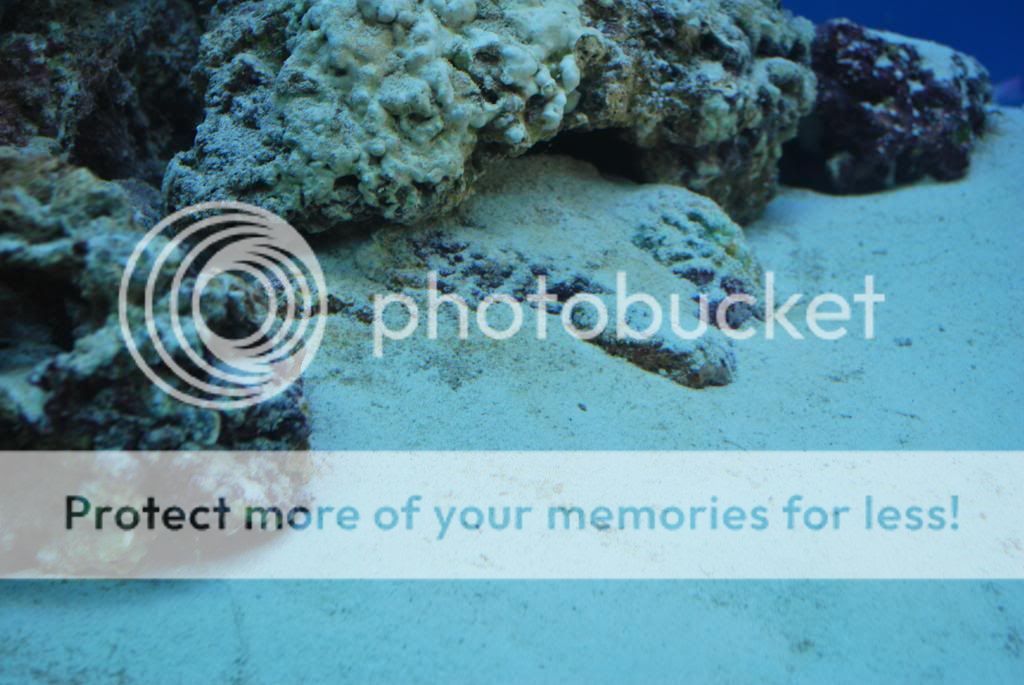CezzaXV
Fish Gatherer
- Joined
- Sep 1, 2011
- Messages
- 2,662
- Reaction score
- 0
Hello everyone!
I'm coming to the end of the process of converting my freshwater tank to marine. It's a 155L tall tank, plus a sump. I was a very active member of these forums when I was freshwater but signed up to a dedicated reef forum when I went marine. I've had some good advice so far, but every time cycling is brought up everything turns to madness, as it seems to be a very controversial issue! As such it's been very difficult to get impartial advice, so here I am.
I bought 8kg of live rock from an established system, and 11.2kg of rock from the LFS. It was my understanding that you should wait to see some die off from your rock which will create ammonia, then I wait for it and the resultant nitrite to get down to zero and stay there, then my tank is good for a few fish. I waited eight days and had not seen any ammonia or nitrite at all, so made the decision to add 0.25ppm of ammonia on the following basis:
1) If the bacteria were already there processing the ammonia/nitrite too quickly for me to see it, then they'd chew through 0.25ppm in no time.
2) If my dose was eaten very slowly, it would suggest there was not very much going on, and too little for me to cycle.
As it happened, it was a good few days before anything happened and my ammonia went down to zero, so I'm glad I added it. I've since added another 0.25ppm and hope to see it process more quickly this time, but I'd like some advice on this without getting flamed. I'm not completely sure of what I'm doing, and while it makes scientific sense to me to fishless cycle it in a similar (though not identical) fashion as I would in a freshwater tank, but resources about this online seem scarce and I want to make sure I'm proceeding in the right direction.
Any advice greatly appreciated.
I'm coming to the end of the process of converting my freshwater tank to marine. It's a 155L tall tank, plus a sump. I was a very active member of these forums when I was freshwater but signed up to a dedicated reef forum when I went marine. I've had some good advice so far, but every time cycling is brought up everything turns to madness, as it seems to be a very controversial issue! As such it's been very difficult to get impartial advice, so here I am.
I bought 8kg of live rock from an established system, and 11.2kg of rock from the LFS. It was my understanding that you should wait to see some die off from your rock which will create ammonia, then I wait for it and the resultant nitrite to get down to zero and stay there, then my tank is good for a few fish. I waited eight days and had not seen any ammonia or nitrite at all, so made the decision to add 0.25ppm of ammonia on the following basis:
1) If the bacteria were already there processing the ammonia/nitrite too quickly for me to see it, then they'd chew through 0.25ppm in no time.
2) If my dose was eaten very slowly, it would suggest there was not very much going on, and too little for me to cycle.
As it happened, it was a good few days before anything happened and my ammonia went down to zero, so I'm glad I added it. I've since added another 0.25ppm and hope to see it process more quickly this time, but I'd like some advice on this without getting flamed. I'm not completely sure of what I'm doing, and while it makes scientific sense to me to fishless cycle it in a similar (though not identical) fashion as I would in a freshwater tank, but resources about this online seem scarce and I want to make sure I'm proceeding in the right direction.
Any advice greatly appreciated.




 /www.seahorse.org/library/articles/cycling.shtml
/www.seahorse.org/library/articles/cycling.shtml